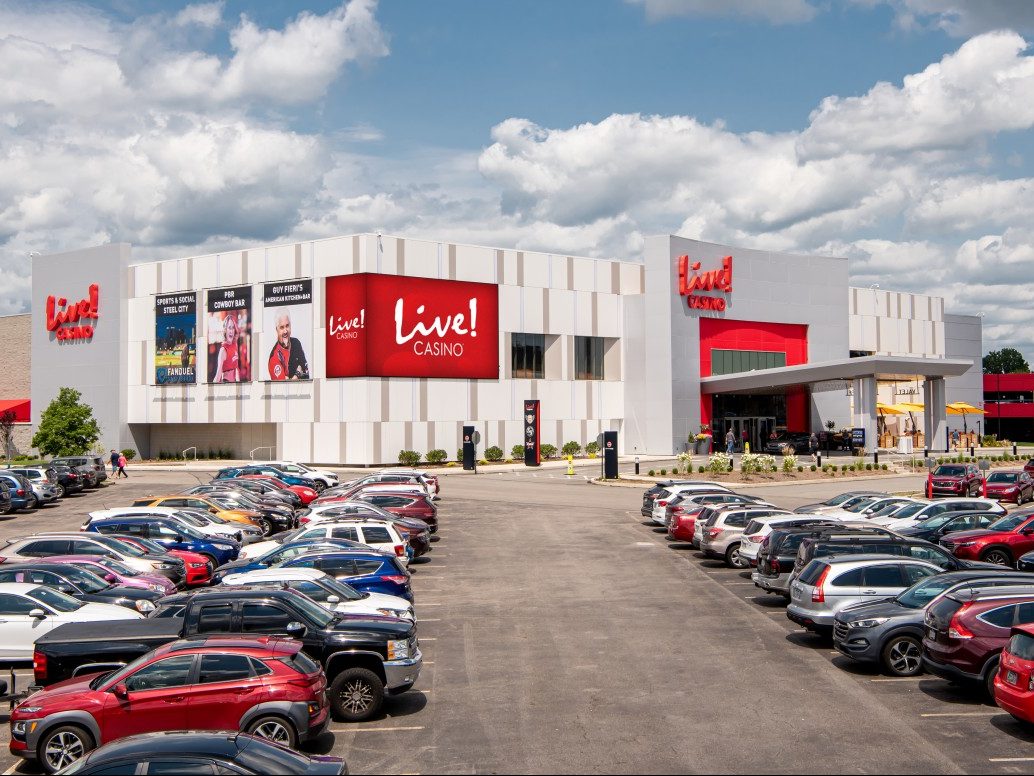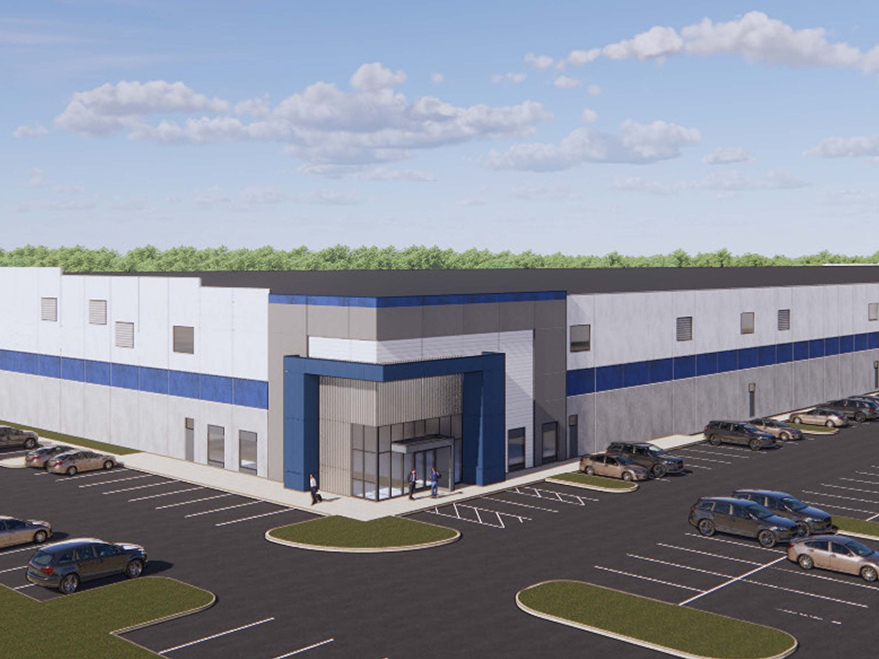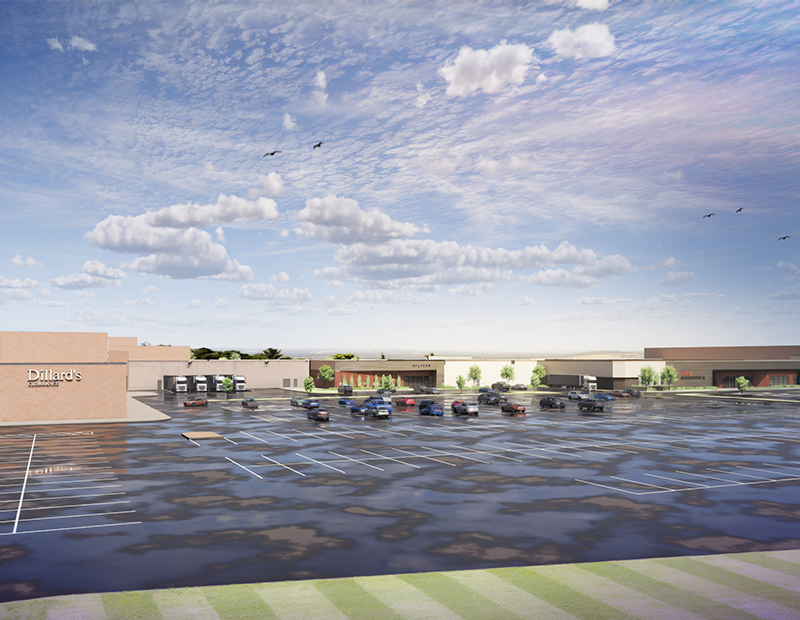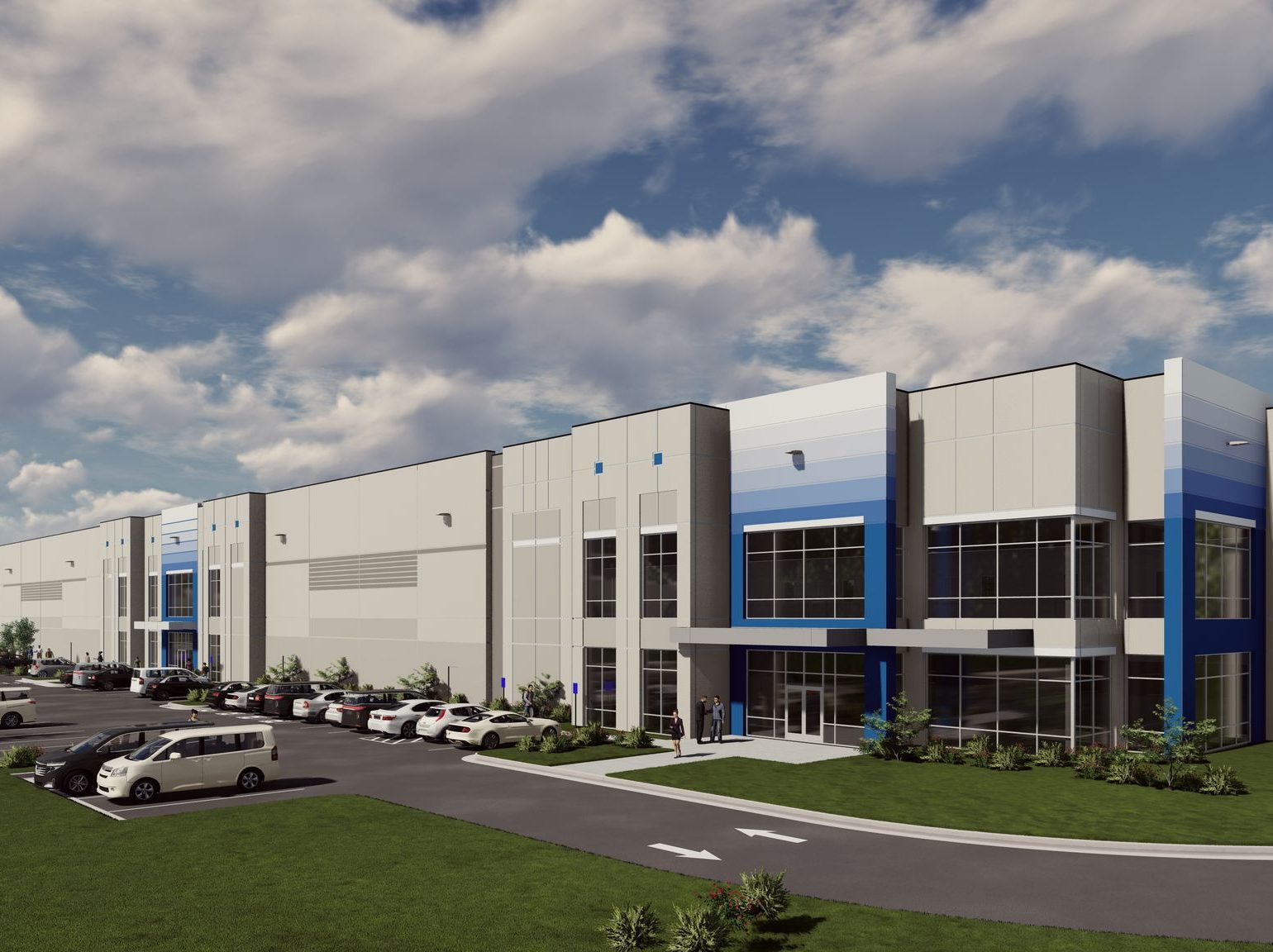Minneapolis Outgrows Secondary Market Status
JLL’s David Berglund on how the area is reshaping traditional industrial market classifications.

The Minneapolis industrial real estate market is redefining what it means to be a secondary market, emerging as what I call a “primary secondary market.”
This unique positioning is turning heads among institutional and private equity investors alike who are drawn to the Twin Cities’ rock-solid stability, robust market fundamentals and potential for higher yields compared to the usual suspects in gateway markets.
A diverse economic powerhouse
One of Minneapolis’ key strengths is its diverse economic base. The market ranks among the top U.S. cities in terms of Fortune 500 companies per capita. Importantly, no single industry dominates the local economy and no sector accounts for more than 13 percent of economic activity. That helps provide stability and insulation from external economic pressures such as tariffs.
This diversity is reflected in its industrial leasing activity and translates into a robust and varied tenant mix. According to the JLL Q1 2025 Minneapolis-St. Paul Industrial Report, manufacturing and business services led all industry sectors for leasing, each accounting for 25 percent of activity, followed by food and beverage at 12 percent.
READ ALSO: Insurance Burdens Stymie Investment
This variety not only provides stability but also drives demand across different property types—from large distribution centers to smaller, specialized facilities—creating a market that’s balanced and resilient in the face of economic shifts.
Minneapolis’ edge
What else sets Minneapolis apart? In a word: stability.
Minneapolis consistently ranks near the top in the country based on four crucial measurements: rent growth, vacancy rates, new construction as a percentage of total inventory and net absorption relative to total inventory.
This performance puts the Twin Cities in the same league as primary markets such as Phoenix, Denver and Dallas, but with a distinct edge–higher yields and lower volatility.
Unlike markets that experience dramatic fluctuations, Minneapolis has seen an exceptional climb in rent growth, outpacing major U.S. markets at 9 percent annual growth since 2018. As of Q1 2025, the market’s vacancy rate stands at a low 4.3 percent, compared to the national 7.3 percent total vacancy, with a positive net absorption of 1.46 million square feet. Additionally, this already impressive vacancy rate is expected to drop even further, as approximately 1 million square feet of new leases are set to commence in Q2.
This performance, coupled with the market’s diverse tenant base, makes it an attractive option for investors seeking reliable returns in an uncertain environment.
Adding to this stability is Minneapolis’ measured approach to new development. After a surge in 2022 and 2023, with completions of 4.5 million and 6.5 million square feet, respectively, new construction has moderated significantly. In 2024, only 1.3 million square feet were completed, with 1.6 million square feet proposed to break ground and deliver in 2025, indicating a careful balance between supply and demand.
Interestingly, one of Minneapolis’ unique challenges—and opportunities—lies in its aging inventory. The market boasts one of the oldest industrial stocks in the country, a fact that’s driving demand for new, more functional space.
Tenants aren’t making lateral moves. They’re coming out of the 1970s, 1980s and 1990s buildings that might have lower clear heights and shorter truck courts, and they’re moving into brand-new boxes. This dynamic is creating a two-tiered market, with newer properties commanding premium rents and prices, while older assets present value-add opportunities for savvy investors.
Investment activity heats up
The Twin Cities industrial market has seen a shift in investor profiles recently. Institutional investors, who largely took a backseat in 2023, have come roaring back in 2024, making splashy returns with major acquisitions such as LaSalle’s purchase of Arbor Lakes, EQT Exeter acquiring the Prologis portfolio and InvestCorp buying a portfolio in St. Paul’s Midway micro market.
This renewed institutional interest is complemented by a diverse mix of private equity groups and operators with institutional equity partners. For top-shelf Class A listings, it’s not uncommon to see a dozen or more bids, with institutional investors making up more than half of the interested parties.
The investor pool has also deepened, particularly for properties with mark-to-market potential. Core buyers are flocking to Minneapolis, eyeing the potential for higher yields compared to gateway markets. Core-plus buyers are also in the mix, seeing opportunities for solid returns on well-located real estate.
The primary-secondary paradox
As Minneapolis continues to evolve, it’s not just challenging the notion of what it means to be a secondary market—it’s outgrowing the label entirely. With 8.8 million square feet of active requirements in Q1 2025, strong market fundamentals and a diverse economic base attracting varied tenants, the Twin Cities is demonstrating remarkable growth potential.
This evolution is reshaping traditional classifications and proving that sometimes the most promising opportunities lie just beyond the spotlight.
David Berglund is a senior managing director at JLL Capital Markets.







You must be logged in to post a comment.